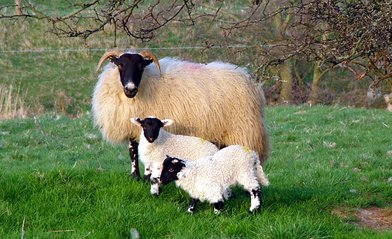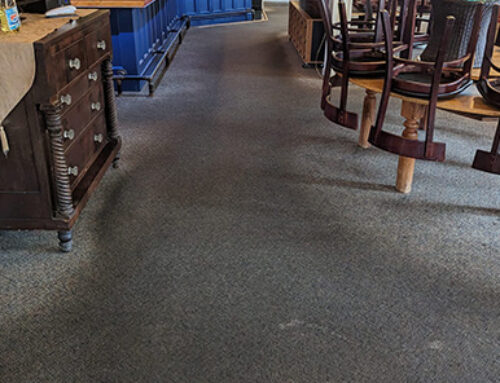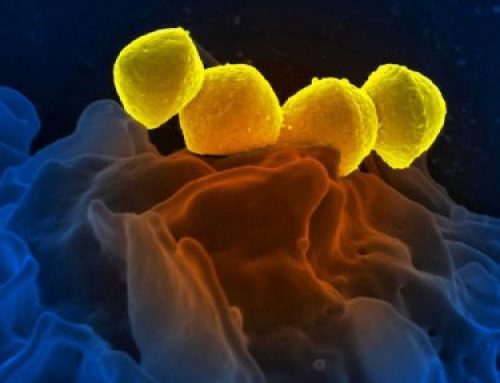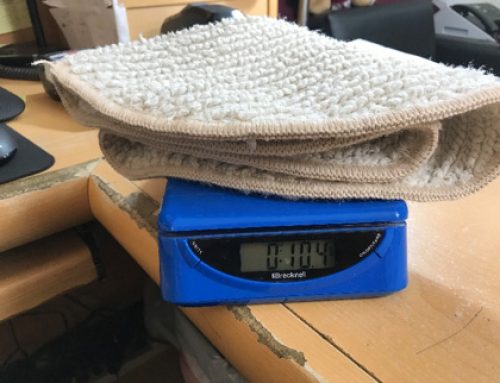From our friends at the ACCI (Australian Carpet Cleaning Institute)
Written by Leo Powell, CEO, ACCI
This article is in response to a question asked by Gerard Young regarding the cleaning/spot cleaning of a Cashmere wool rug with a red wine stain. In simple terms I’ll get straight to the point and say for cleaning use Omega with NanoMAXX as your pre-spray. HWE at 100psi and ideally use water at lower temp of < 104 degrees F. It’s important to avoid aggressive agitation either from the wand and/or any scrubbing equipment so not use brushes at all. For spot cleaning red wine your option is to use Rocket, Oxy and/or nanoMAXX. Use nanoMAXX to improve the efficiency of both Rocket and Oxy. Be aware that there is a degree of risk using hydrogen peroxide on cashmere so don’t charge in without careful consideration. Colour loss and/or over oxidation can yellow the fibre. What we have found with nanoMAXX is that it can be extremely effective as a spot cleaner in its own right without the risk of using oxidisers such as Rocket and Oxy so that would be your go to first option.
In all my 25 years of teaching I never just give directions what to do without giving a reason why otherwise there is the temptation to cut corners and go your own way. If you know the consequences of doing your own thing you’ll be less likely to stray from the correct path.
Okay so here’s the explanation as to why you should follow this procedure for cleaning exotic wool fibres including cashmere, pashmina and mohair wool from goats, angora from Angora rabbits, wool from Camelids such as alpaca and yak. The difference between these uncommon types of wool fibre and standard sheep wool is that the exotic wool is much finer and therefore more susceptible to damage when it comes to cleaning. These fibres come under the category of super fine when comparing wool types.
To give you an idea all mammals have follicles which produce a hair or in the case of sheep, goats, camelids etc. it’s called wool rather than hair. Chemically and structurally hair and wool are all very similar however the main difference is that the thickness will vary according to the mammal from which it comes. Human hair for example is approximately 100 microns whereas sheep wool for carpet is typically 30 – 50 microns. Compare that to super fine exotic wool fibre at less than 15 micron you can see the difference. Camel hair or wool can be as fine as 5 microns. That will explain why the finer wool fibres are best suited to clothing rather than floor coverings because the finer the fibre the softer the texture.
In Australia for example we produce the finest Merino wool in the world at 12 micron which is sold for high end Italian suit manufacturers. In New Zealand on the other hand they produce a much coarser thicker wool at 30-40 micron from cross bred Romney sheep which explains why New Zealand wool is sold to the carpet manufacturers.
The chemical sensitivity of ALL wool fibre is that they are all acid in nature consequently they are sensitive to alkali so the ideal pH of your cleaning solution should be as close to neutral or slightly acid as possible. The international standard for cleaning wool carpet is pH 5.5 – pH 8.5 however to meet the standard requirements the wool should be left in a slightly acid pH because that’s it’s natural state. The best way to achieve that is to use an acid rinse in your HWE machine if you are using an alkali detergent of say pH 8.5.
So why use Omega and NanoMAXX?
In Australia approximately 30% of all carpets we clean are wool or wool blend. The one thing that we experience is that once wool is wet down with pre-spray there is a distinct odour that can be quite unpleasant because it smells like sulphur. Rotten egg gas is at the extreme end of a sulphurous odour but you get the idea. If you have ever washed your dog, you’ll recognize the same unpleasant odour. That’s because all wool fibre is made up of 20 amino acids one of which is a sulphur containing amino acid called cysteine which when wet out releases that slightly sulphurous odour. Consequently, we love using Omega with Profresh to overcome that potentially unpleasant odour. You could use nanoMAXX on its own because it is pH neutral and perfectly suitable however you won’t be able to leave a pleasant fresh odour without the Omega so it’s up to you. Alternatively, you could just use Profresh with nanoMAXX but we find that the added cleaning power of Omega gives us brilliant results.
So, what’s wrong with brushes or aggressive agitation?
Well this is quite simple. All wool fibre has an overlapping structure of microscopic scales similar to fish scales which makes the fibre quite irregular in shape. When wool is wet out those scales flare out as the fibre swells as it absorbs the water. Now if you agitate at the same time these protruding scales will entangle with the adjacent fibres and create a compaction or fusion that cannot be undone. This process is called felting and will result in a distinct hardening and compression of the carpet or rug. Commonly you will see this effect when clients or uneducated carpet cleaners rub and scrub a spill on a wool carpet or rug. The area will look like a small fuzzy compressed area or indentation. No amount of cleaning fix it. When spot cleaning the best approach is to clean the whole rug rather than focus on a particular spot otherwise you will most likely create a hot spot that will look like you have bleached the colour out of the stained area.
Hot water, alkaline detergent and aggressive agitation are the natural enemy of wool particularly the exotics. Ask any husband who has thrown his wife’s favourite wool sweater with a red wine stain into the top loader washing machine. It will come out 4 sizes smaller and feel as hard as a rock. It won’t be fun sleeping in the spare room for the next few weeks so don’t do it. Likewise follow the advice at the beginning of my article and you will be avoiding any nasty surprises.
Hope that helps.
Cheers,
Leo Powell, CEO
ACCI (Australian Carpet Cleaning Institute)
Written by Leo Powell, CEO, ACCI






